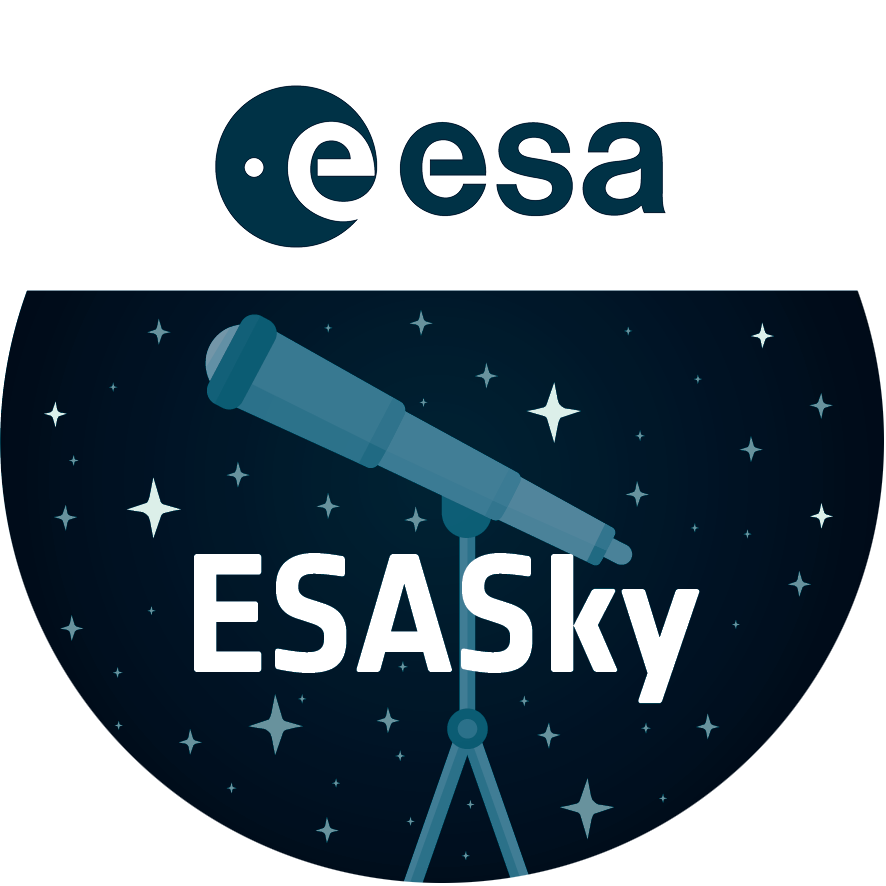SN 1987a in the Large Magellanic Cloud
Glittering stars and wisps of gas create a breathtaking backdrop for the self-destruction of a massive star, called supernova 1987A, in the Large Magellanic Cloud, a nearby galaxy. Astronomers in the Southern hemisphere witnessed the brilliant explosion of this star on Feb. 23, 1987.
Shown in this NASA/ESA Hubble Space Telescope image, the supernova remnant, surrounded by inner and outer rings of material, is set in a forest of ethereal, diffuse clouds of gas. This three-color image is composed of several pictures of the supernova and its neighboring region taken with the Wide Field and Planetary Camera 2 in Sept. 1994, Feb. 1996 and July 1997.
Credit:About the Image
About the Object
| Name: | SN 1987A |
|---|---|
| Type: | Local Universe : Star : Evolutionary Stage : Supernova Local Universe : Nebula : Type : Supernova Remnant |
| Distance: | 170000 light years |
| Constellation: | Dorado |
| Category: | Nebulae |
Wallpapers
Coordinates
| Position (RA): | 5 35 27.36 |
|---|---|
| Position (Dec): | -69° 16' 18.81" |
| Field of view: | 2.21 x 2.42 arcminutes |
| Orientation: | North is 16.6° right of vertical |
Colours & filters
| Band | Telescope |
|---|---|
| Optical B |
Hubble Space Telescope
WFPC2 |
| Optical Oiii |
Hubble Space Telescope
WFPC2 |
| Optical V |
Hubble Space Telescope
WFPC2 |
| Optical H-alpha |
Hubble Space Telescope
WFPC2 |
| Optical R |
Hubble Space Telescope
WFPC2 |


